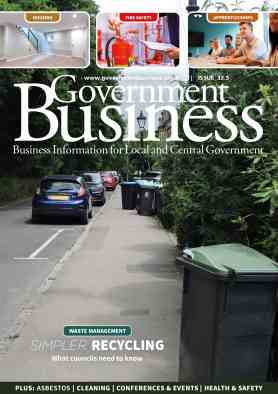Grantex is the UK’s leading supplier of specialist aggregates and producer of Premium Dried Sports Sand for High-Performance Synthetic Pitches.
Creating and maintaining an outstanding synthetic pitch starts with the right foundation. Grantex premium dried silica sand is engineered to deliver exceptional performance, durability and safety across a range of synthetic sports surfaces.

 The bank failures and market turbulence of the past few years have made everyone, even individuals with no formal financial training, well aware that investing cash brings its own set of risks. Companies employing professional treasurers have always known this but even they have taken the opportunity to review their approach to investing and having the right policy to govern what they do and the right procedures to ensure they carry out the function properly. The lessons learnt and techniques used in the corporate sector are equally applicable to the public sector. This article will review the corporate approach and demonstrate the relevance to the public sector.
The bank failures and market turbulence of the past few years have made everyone, even individuals with no formal financial training, well aware that investing cash brings its own set of risks. Companies employing professional treasurers have always known this but even they have taken the opportunity to review their approach to investing and having the right policy to govern what they do and the right procedures to ensure they carry out the function properly. The lessons learnt and techniques used in the corporate sector are equally applicable to the public sector. This article will review the corporate approach and demonstrate the relevance to the public sector.








